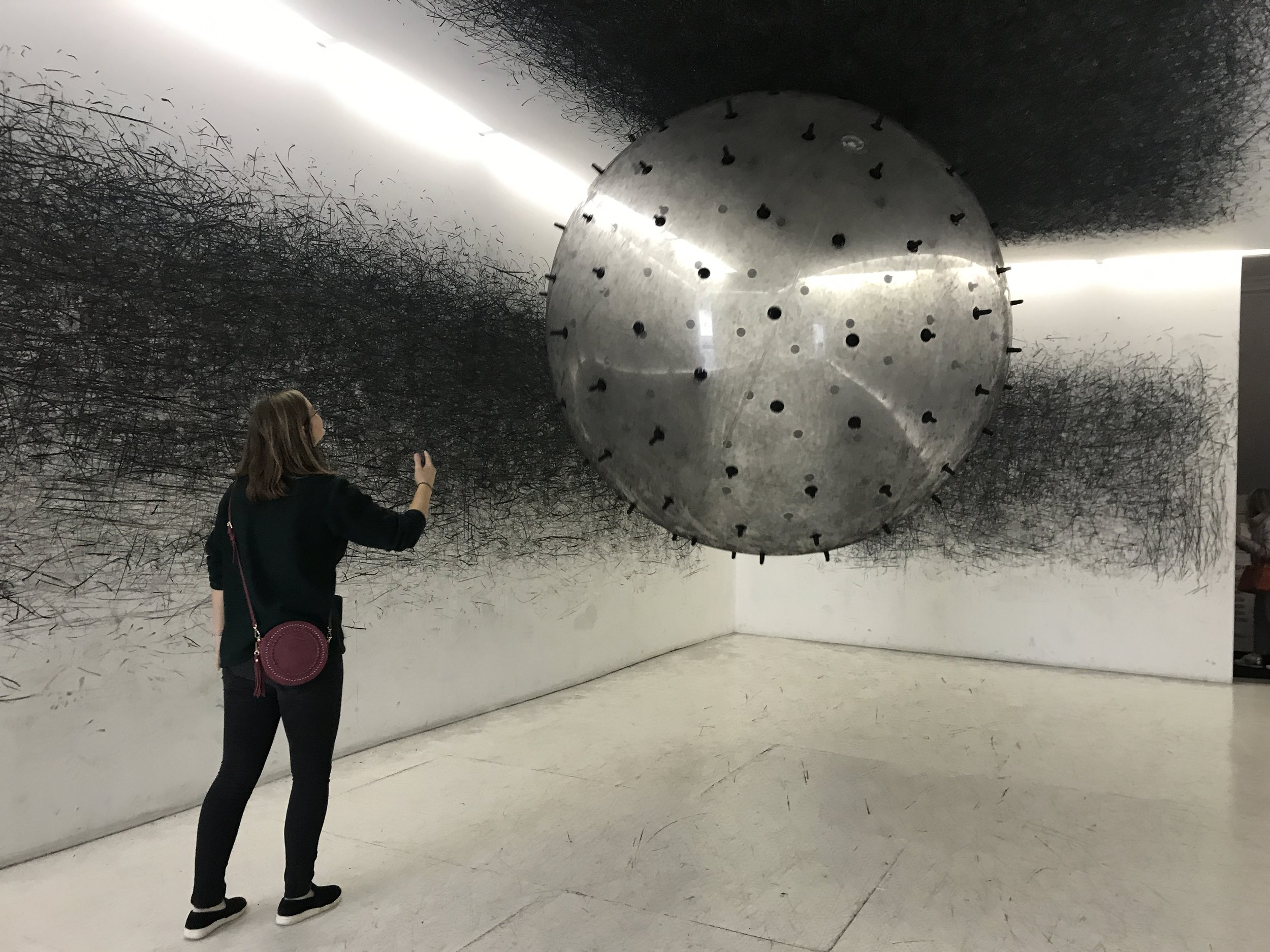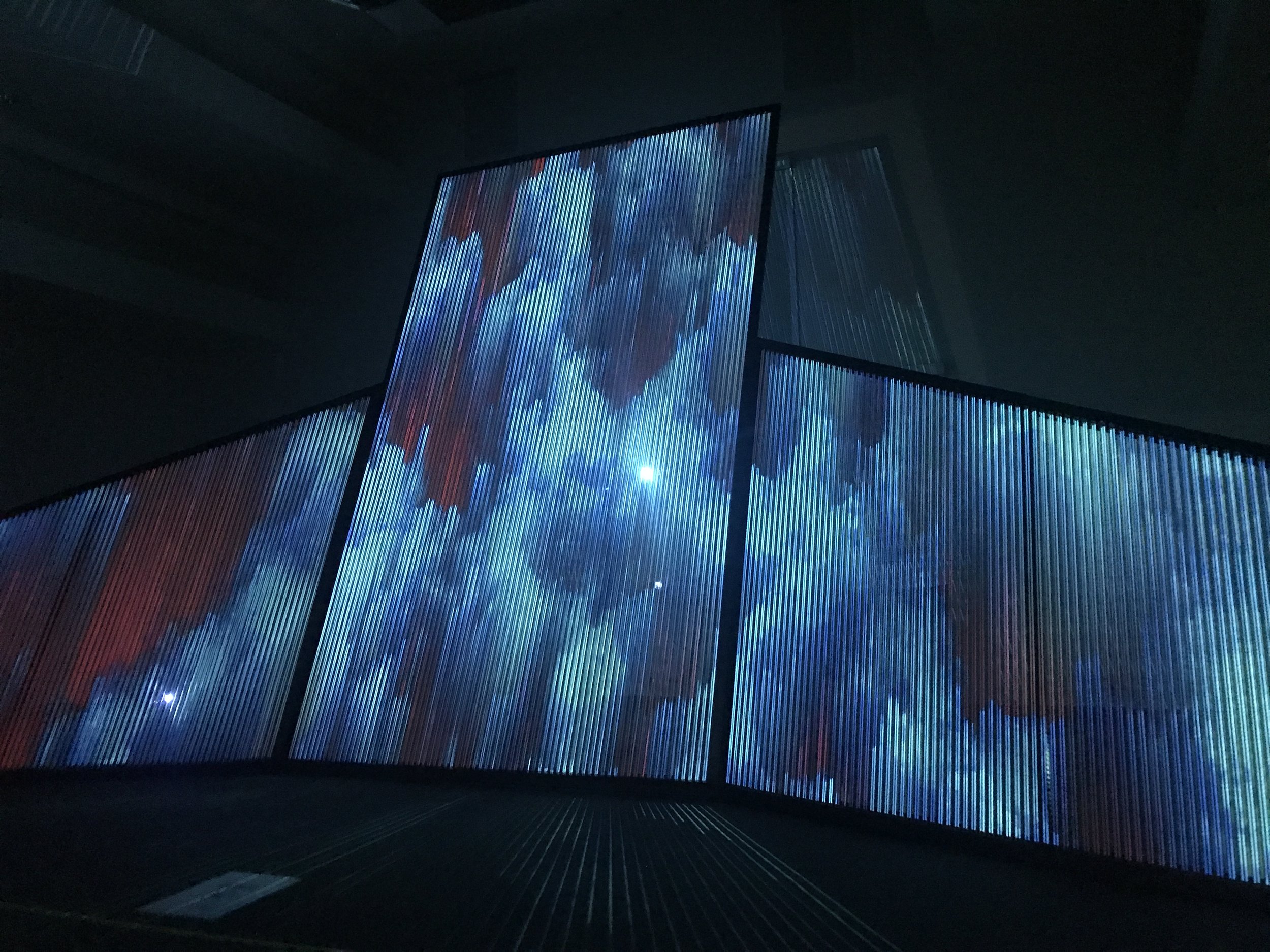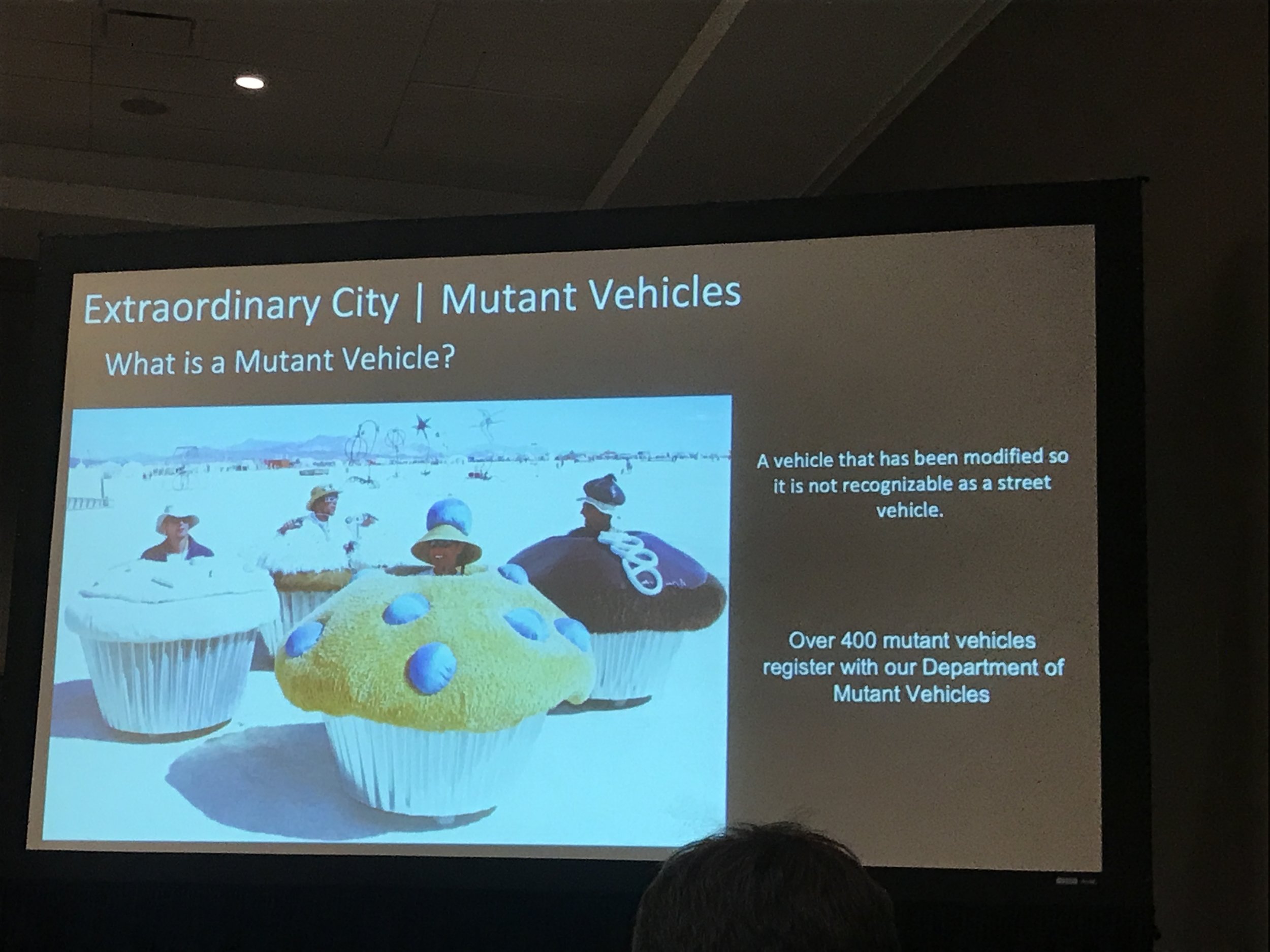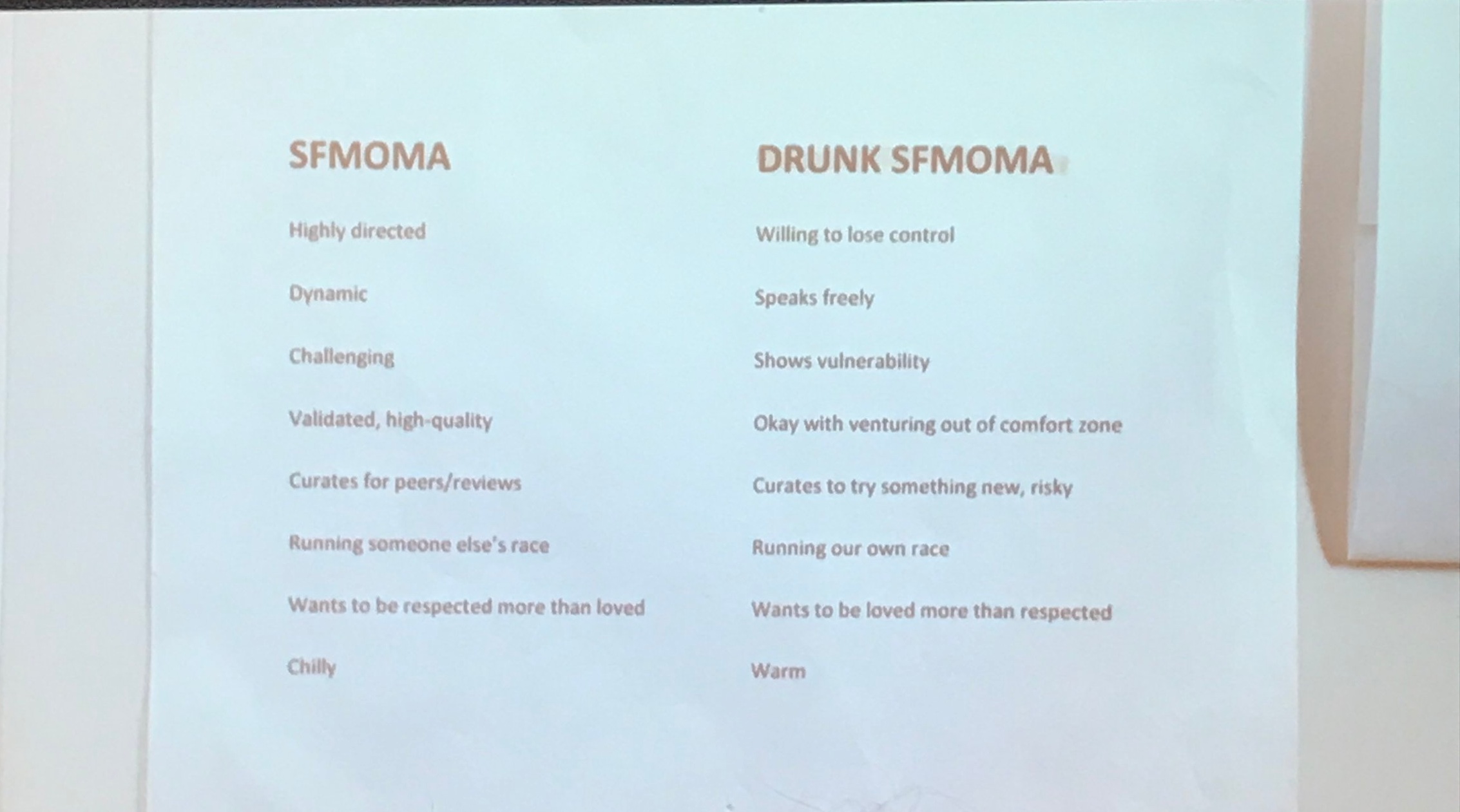Up until December 2018, I had never even heard of Experience Design as a field. Since I’ve stepped into it, I’ve realized that it is a perfect synthesis of my skill sets: envisioning and executing the bigger picture, and making slide decks. A LOT of slide decks.
This semester I got the chance to be the Lead Experience Designer for a collaboration with the Children’s Museum of Pittsburgh. Our team designed an interactive experience for children to practice kindness. The final prototype was a mixed reality experience in which children control a physical umbrella prop, mapped to a digital umbrella in a virtual world. Children work together or independently to shelter characters from the rain and bring them back to their homes.
This project gave me the opportunity to flex my design skills. But this wouldn’t have been possible without an amazing team to provide me with the bandwidth to try something new. I was incredibly lucky to have amazing artists that created characters that invoked empathy, a programmer who provided valuable design feedback, and a fearless producer who was able to emotionally and physically guide us through our first project course at the ETC. Their trust in me helped me to become a more confident designer, and I can’t thank them enough.
I learned so much from this experience:
Kids are way smarter than you think
The difference between designing for an experience vs. a game
Telling stories and building interest curves without definite entry and exit points
Balancing diverse client needs with faculty needs
Converting a human emotional experience into a digital experience
How to make a killer slide deck
You can find all the gruesome details on our blog.









